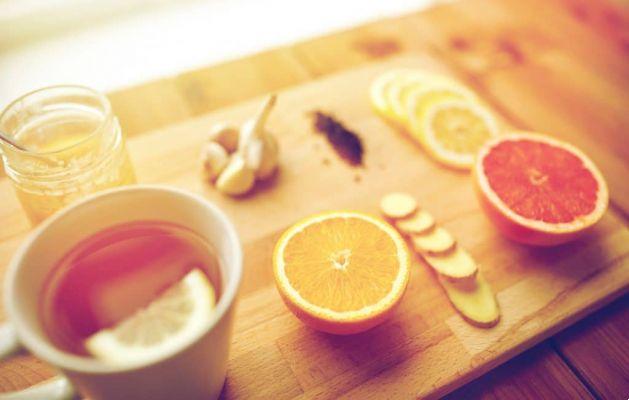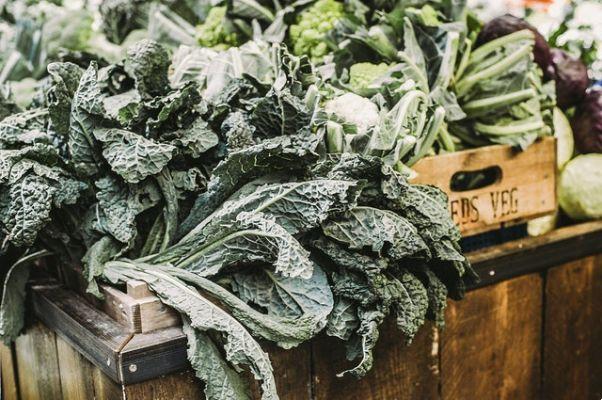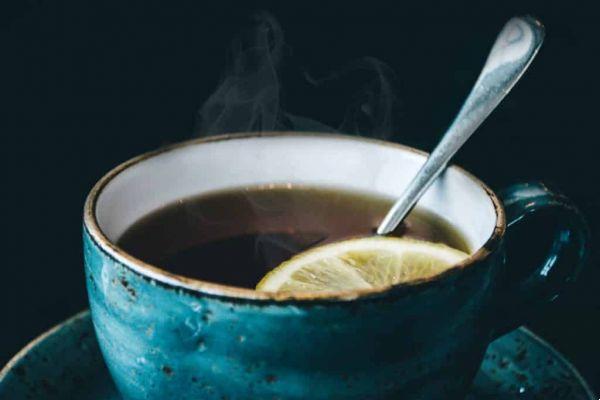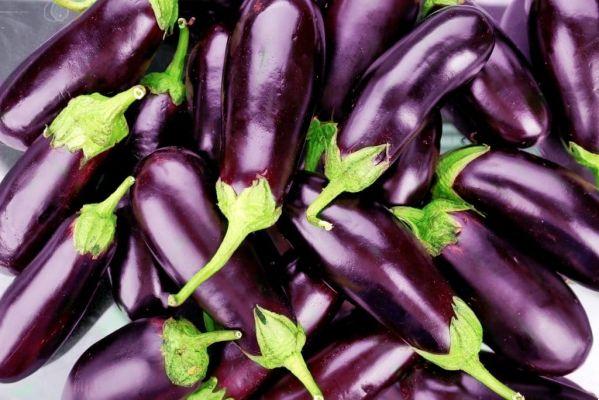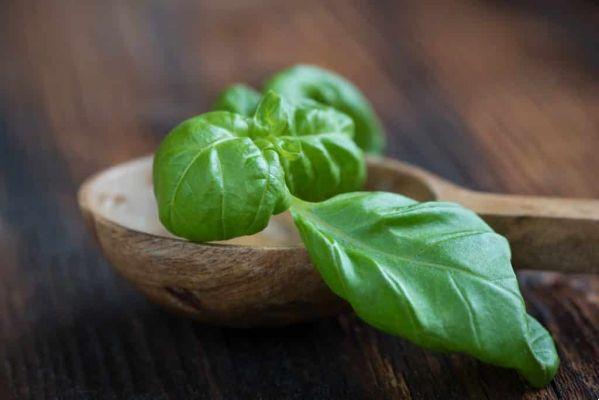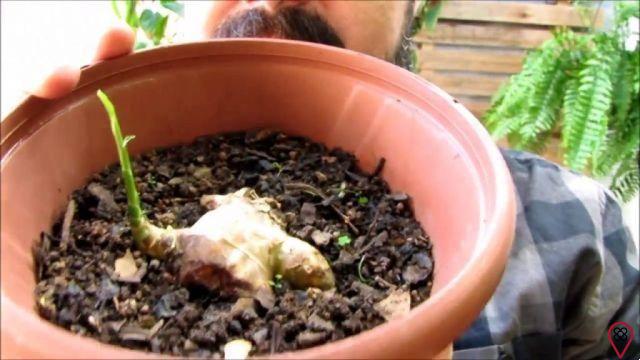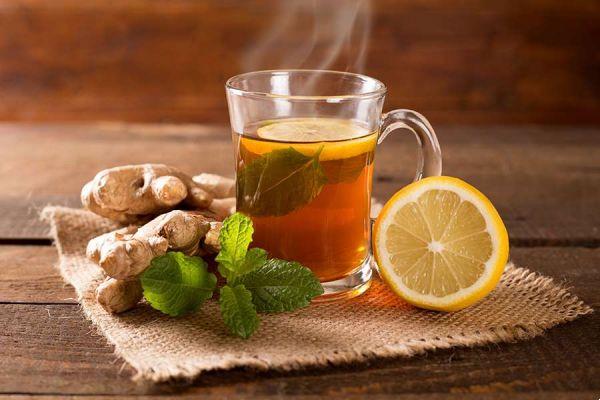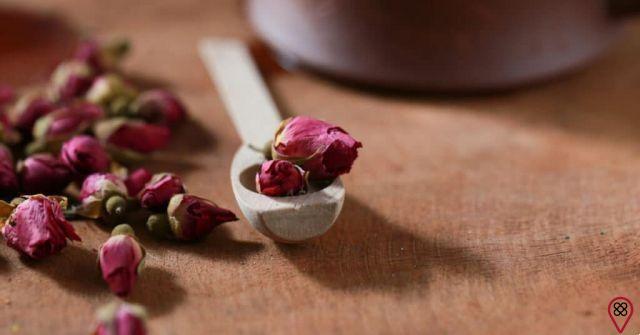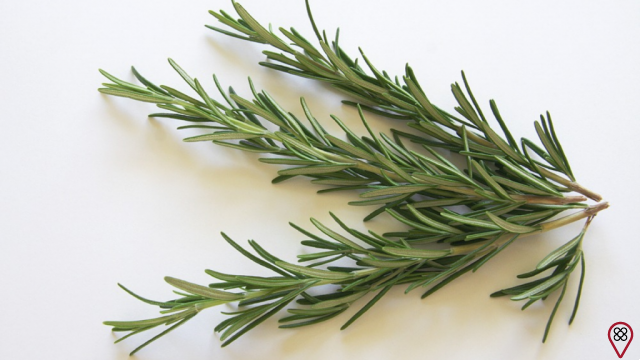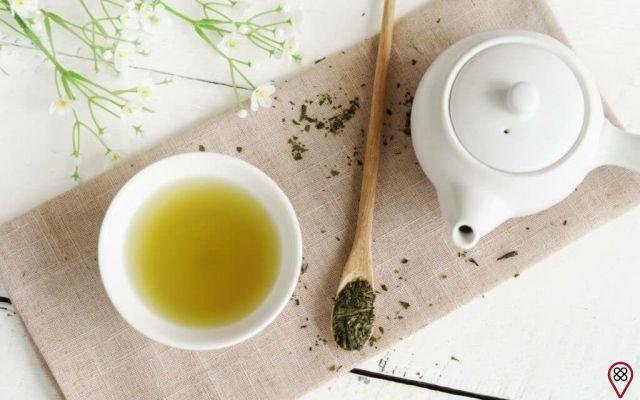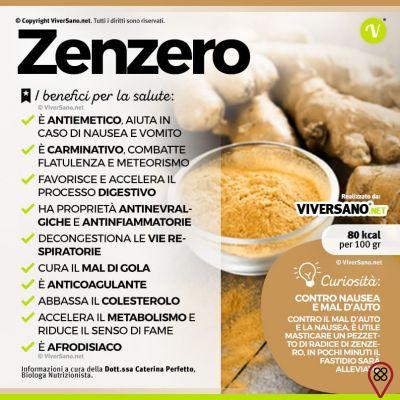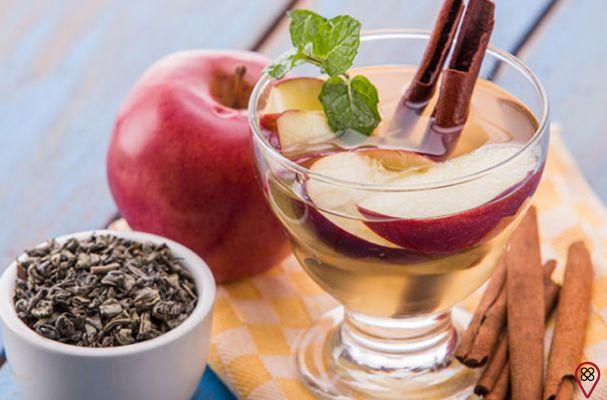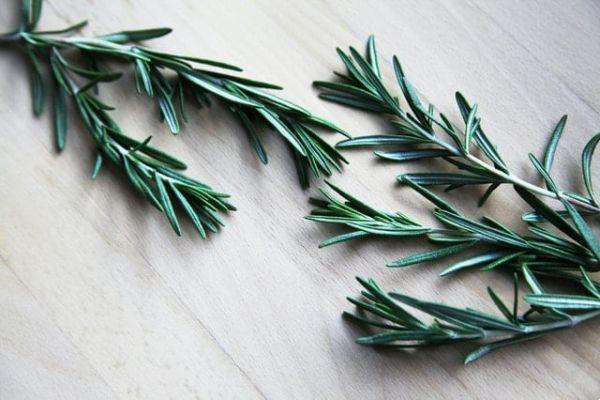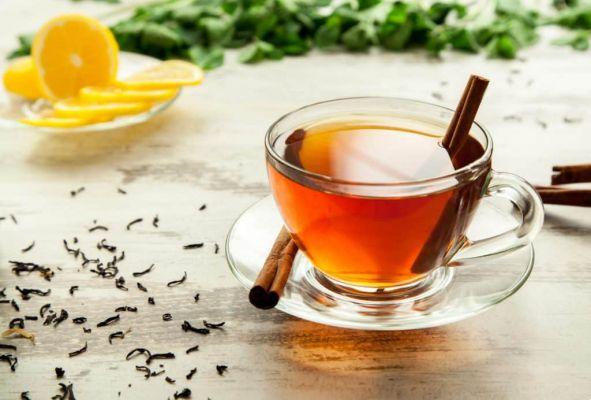History
Tea is considered the second most consumed beverage in the world, second only to water. Its origin, according to legend, happened by chance in the year 737 BC, when leaves of a bush would have fallen into the water that the servants of the Chinese emperor Shen Nung boiled for him and his court to drink during a trip. The result was a brownish liquid that, moved by the curiosity of the emperor who was also a scientist, was tasted and approved.
The drink quickly conquered the inhabitants of China and began to spread across the east, reaching the rest of the world from 1560 onwards.
Varieties and Benefits
Because it originated in an oriental country, tea was born with a predisposition to not just be a drink with a delicious taste. Since the time of the Chinese Emperor, the liquid was already part of the religious culture and, as time went by, more and more was discovered about the power of the infusion of plants in the health of the body and mind.
“We can compare teas to medicines, as each one serves a specific purpose. We have teas with high antioxidant and more stimulating power, teas to improve digestive disorders, others with calming action and so on”, explains nutritionist and master in Cell Biology, Priscila Teles.
The variety of tea flavors available today is immense. Discover some of them and their health benefits:
* Chamomile: of calming action, it can help fight anxiety and insomnia, even helping with migraine. It is also a very suitable option to alleviate cramps, both menstrual and digestive.
 * Mint: refreshing, has a vermifuge effect and helps relieve gas. In addition, it improves digestion, fighting heartburn.
* Mint: refreshing, has a vermifuge effect and helps relieve gas. In addition, it improves digestion, fighting heartburn.
* Fennel: relaxing, it is used to relieve stomach irritations and gas. It is also recommended to reduce appetite and aid in the weight loss process.
* Death: It has a stimulating action and, therefore, helps to ward off tiredness. It is an antioxidant, which is good for preventing premature aging. But care must be taken and avoid exaggeration if you have hypertension, as it contains caffeine.
* Lower leg: great ally in controlling diabetes, as it helps in reducing blood glucose, regulating blood sugar. It also helps to reduce the craving for sweets.
* Ginger: a great anti-inflammatory that also acts on the digestive system, against colic and gas.
* Boldo: increases the production of bile by eliminating gases, gallstones and in the fight against liver and spleen disorders.
* For that: It has large amounts of caffeine which, when consumed in moderation, reduces the feeling of fatigue and drowsiness, as it has exciting properties, and stimulates the brain.
* Green: it is an excellent choice. Detoxifying, it helps to strengthen the immune system, prevents cardiovascular problems and still has several active ingredients that help in the prevention of cancer. It also speeds up the metabolism in burning fat and can help anyone who wants to shed extra pounds. This, of course, combined with a healthy diet and physical exercise.
How much and at what time to consume?
It is always necessary to individually evaluate the use of teas and herbs due to the risk of toxicity - especially when it comes to children, the elderly and pregnant women - and when used together with medications or in the presence of chronic diseases that interfere with metabolism. “A good option for daily consumption is green tea due to its antioxidant action”, emphasizes Priscila Teles.
The best time to drink tea will depend on the type of purpose for which you are ingesting it. The most digestive, such as rosemary, boldo and mint, are indicated after meals to aid in the digestion process. Green tea, black tea and mate, due to their large amount of phenolic compounds, end up disturbing the digestive process, not being recommended after meals.
Stimulant teas, such as black and guarana, are more interesting when used in the morning, so as not to affect the quality of sleep. The most calming ones, such as chamomile, lemongrass, jasmine, melissa and passionflower are indicated at night. As for the others, there are no contraindications regarding the time of use.
The nutritionist emphasizes, however, that it is not good to abuse the amount of drink. "We must remember that the consumption of any substance in excess can cause damage to our body, and it is not recommended to exceed three cups a day". And complete. “The consumption of very hot teas is not suitable, since the high temperature can cause damage to the esophageal mucosa. However, there is no difference in consuming the drink hot or cold in terms of its properties.”
How to prepare?
There are two most suitable ways to prepare teas: infusion and decoction.
Infusion: is the contact of the plant (leaves or flowers) with hot water. The ideal is to heat the water (mineral or filtered) until it starts to bubble (the formation of small bubbles indicates that the ideal temperature has been reached and at this point, you must turn off the fire, not letting it reach the boiling point ). Pour the water over the leaves or flowers, and leave in a covered container for five to 10 minutes. Strain and eat at your preferred temperature.
Decoction: ideal for stems, roots and bark, for extracting their active ingredients until boiling. Pour cold water over the part used and let it boil for about three to five minutes.
Regulation
Anvisa (National Health Surveillance Agency) regulates the use of teas for therapeutic purposes through a 2005 resolution. In this way, it is possible to know which plants and fruits can be marketed and ingested in the form of tea, and which are recognized by medicine traditional spanish.
Curiosities
Portugal was the first European country to consume tea (brought from the East by navigators), but it was the Dutch who imported the first shipment of the drink, taking it to the American continent in 1650.
In England, as strange as it may seem, tea only arrived in 1652, by the hand of the Portuguese princess Catarina de Bragança, who marries King Charles II and introduces the English to their favorite drink, which becomes the most popular in court and later in the rest of the upper class.



